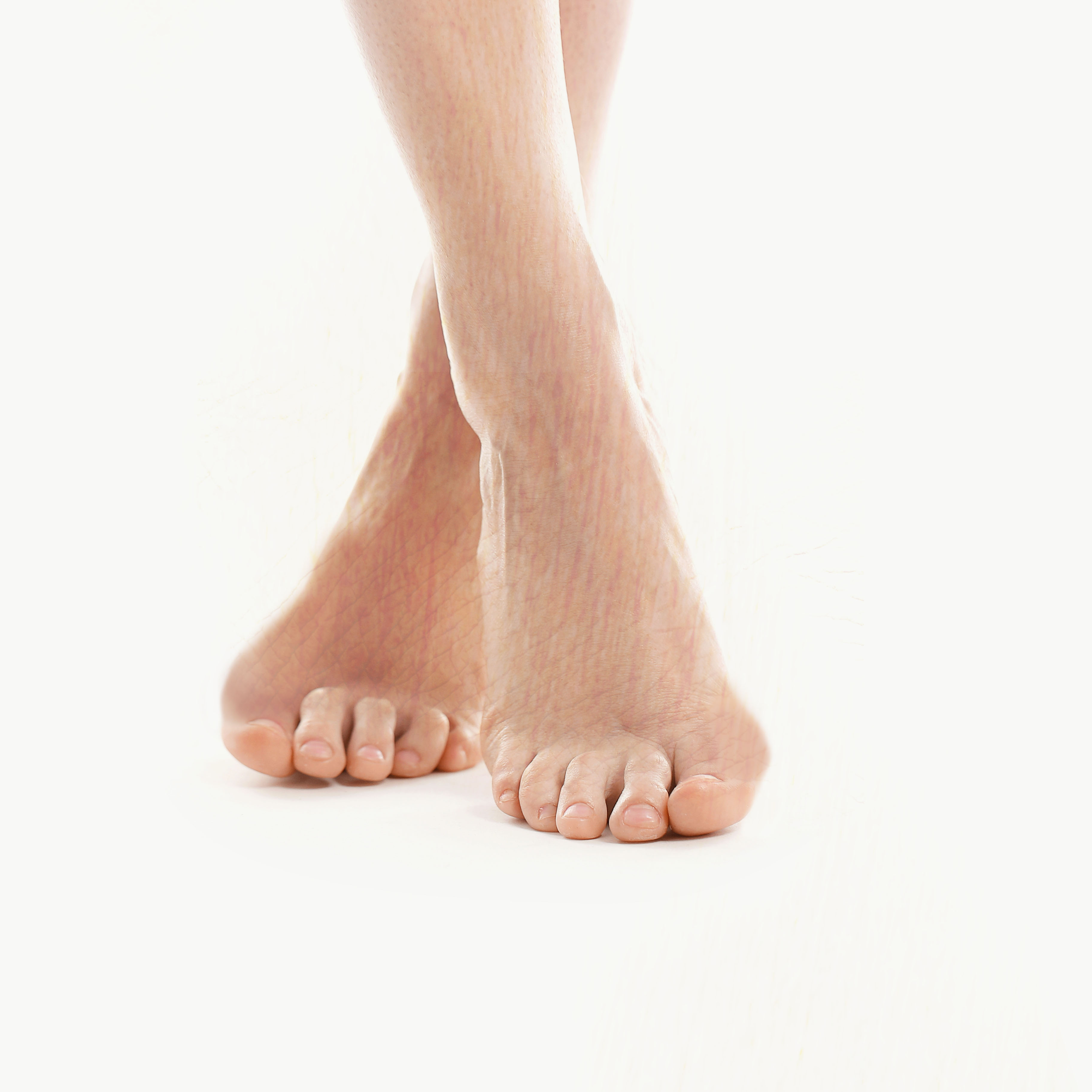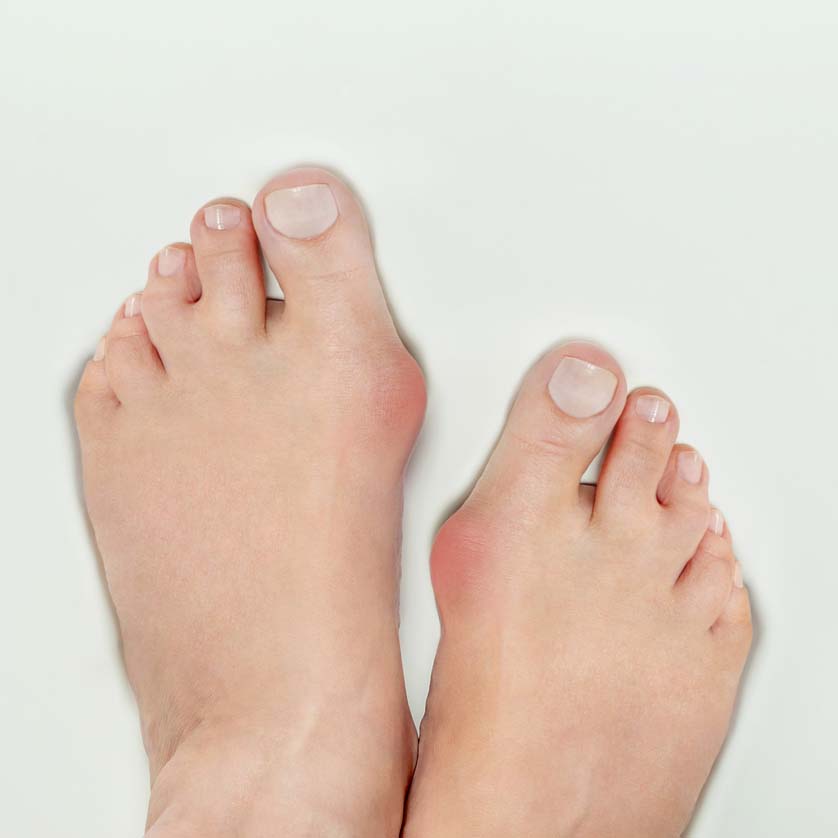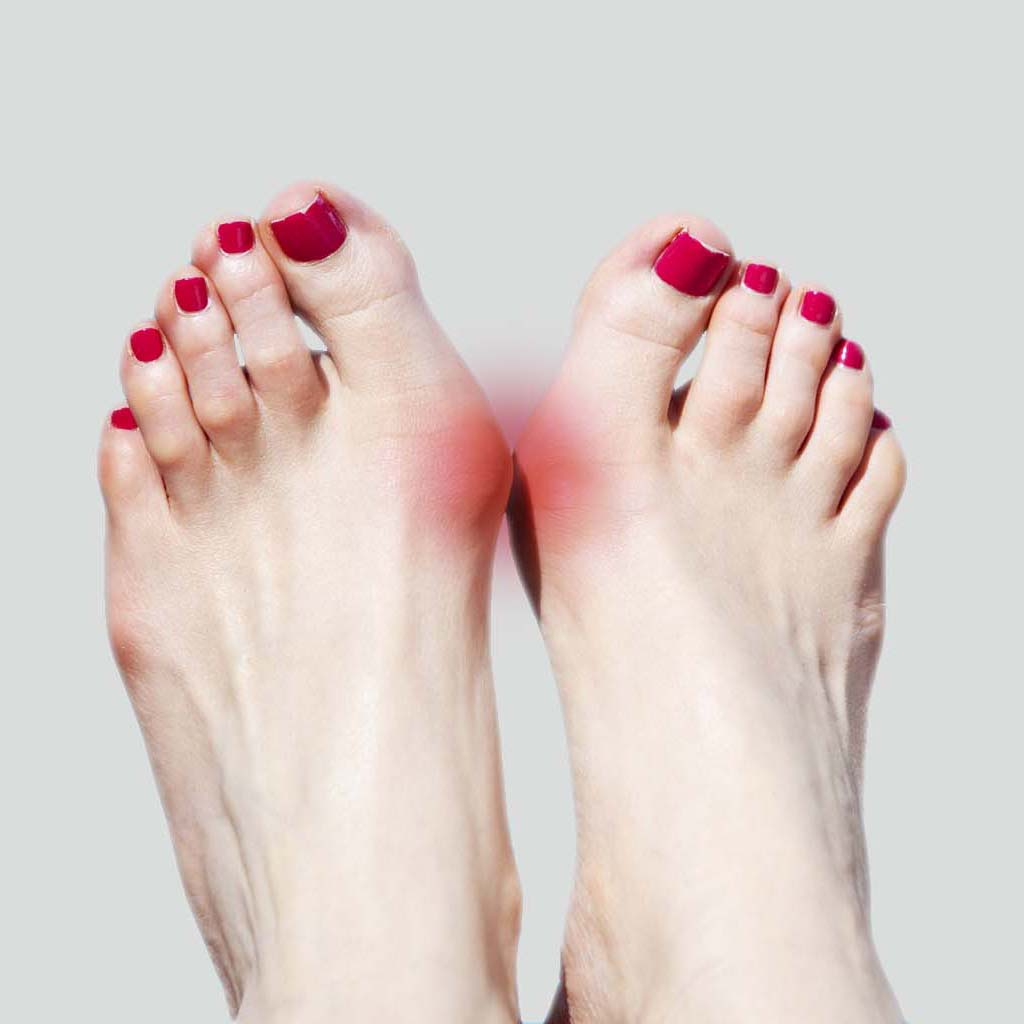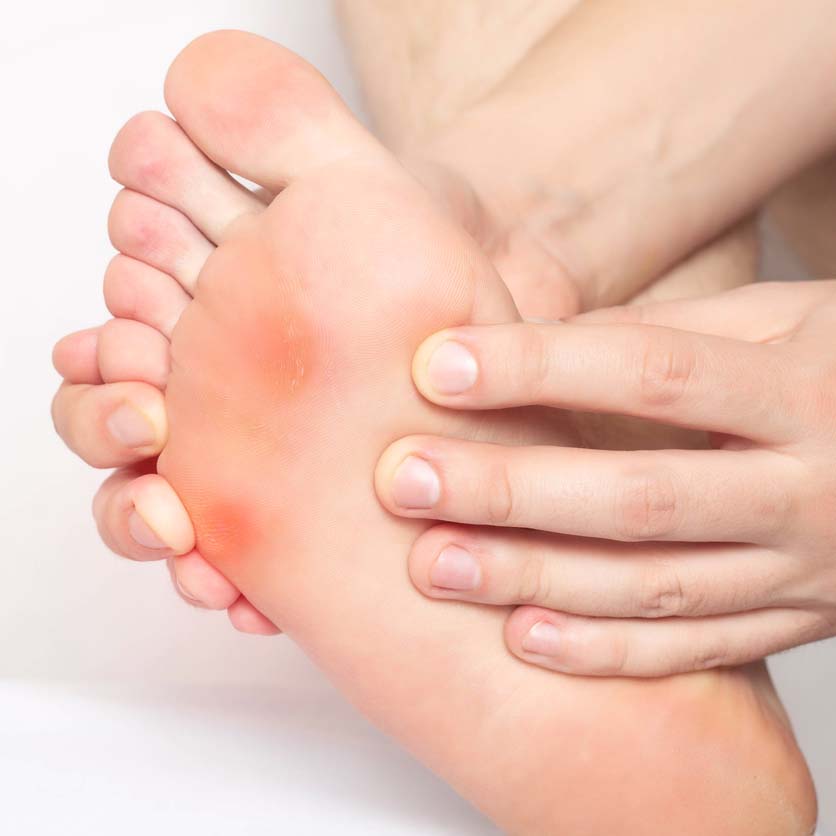


Diabetic Foot
Introduction
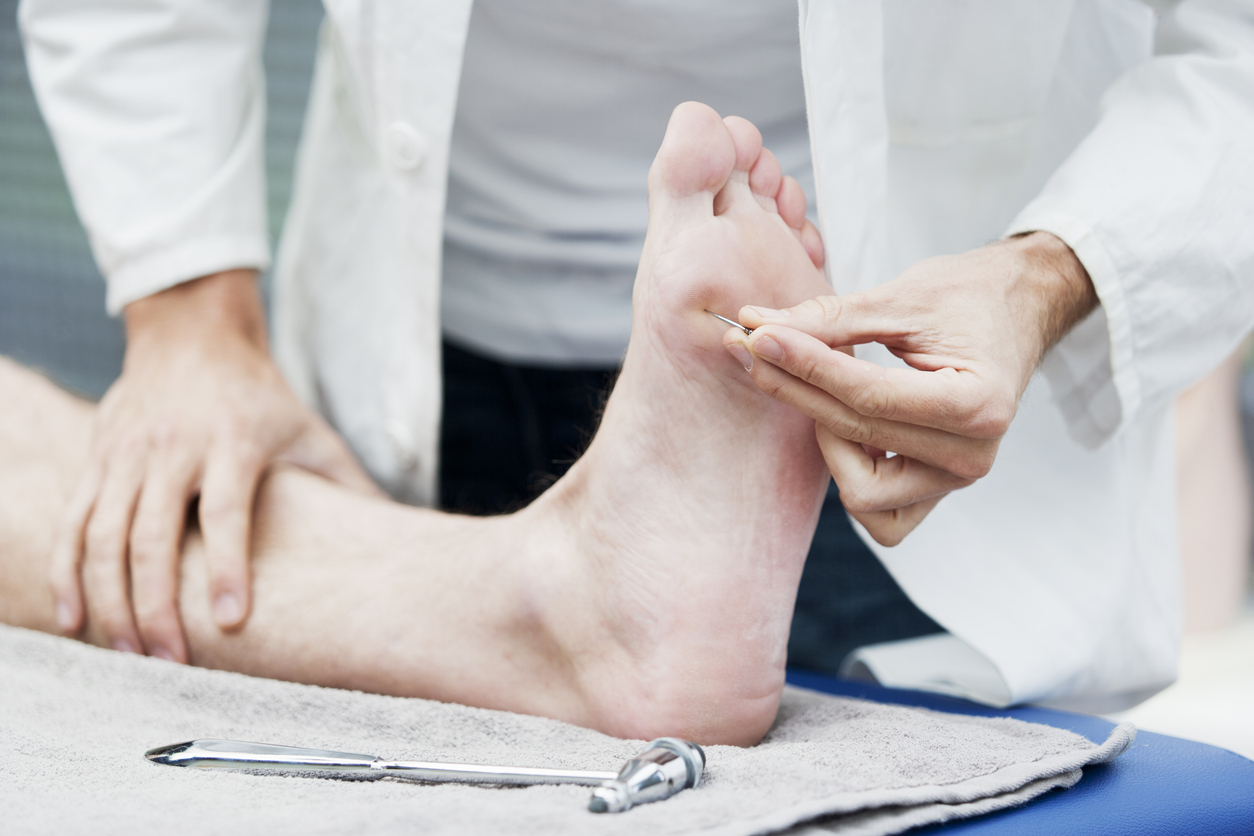
Diabetic foot is a grave complication of Diabetes. It is a major cause of disability in Diabetic population. In diabetes due to blood vessel changes, reduced blood supply and sensory changes in the foot, any trivial injury goes unnoticed and further causes ulceration and deep tissue injuries. Furthermore, these wounds do not heal and get infected. An ulcer is a sore in the skin that may enter the bone tissues. A Diabetic person presents with corns, calluses, fungal infections, ingrown toe nails, or ulcers etc.
Due to lack or altered sensation on the foot any injury or pain on the foot goes unnoticed. This causes the ulcers to go deep from the soft tissue reaching up to the bones. Mobility is severely affected when the ulceration reaches deep inside.
Cause
Uncontrolled sugar level causes changes in the circulatory system, sensory system, and the peripheral nervous system. All changes together delays healing of wounds, bruises or cuts. Infected wounds may further lead to death of the tissue due to lack of nutrients causing gangrene. To control the spread or gangrene amputation might be required to prevent loss of function of the leg.
Treatment and Prevention

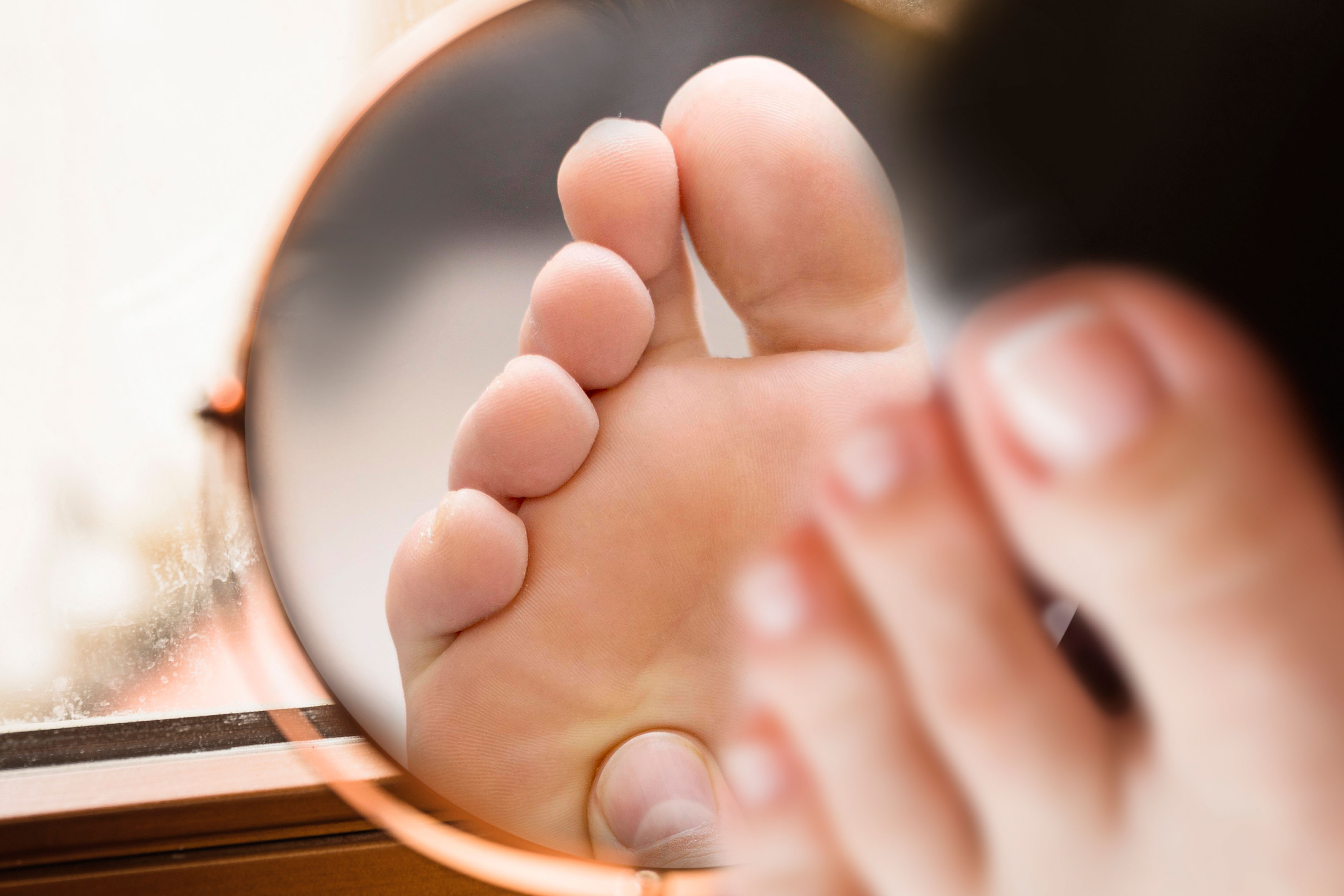
Mainstay of the treatment is prevention of foot ulceration. Daily inspection of the foot and prevention of any cut, bruise or injury is essential. Diabetic footwear which allows off loading of pressure from the affected part of the foot plays an important role in ulcer prevention or re-ulceration. Diabetic insoles help in distribution of pressure across the foot. Insoles prevent concentration of pressure on one point which might lead to injury and ulcers.
Read our Articles
